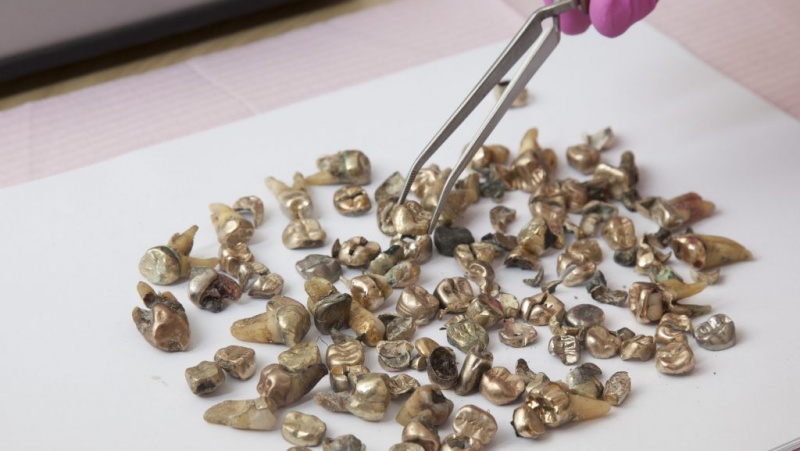What are the various types of prospecting? What exactly is gold mining?
The process of excavating gold from the earth is referred to as “gold mining.” Gold can be mined through a variety of techniques, such as placer mining, hard rock mining, and by-product mining.
- Gold is extracted using the placer mining technique from riverbeds, streams, or other sedimentary rock deposits. Miners use a pan or sluice box to sift through the material and separate the gold from the dirt, boulders, and sand.
- Hard rock mining: Using this technique, gold is taken out of solid rock. To access the gold-bearing rock, miners employ explosives and heavy machinery. The rock is subsequently removed and treated to extract the gold.
- By-product mining: This technique extracts gold as a copper or silver mining by-product. Minor quantities of gold are frequently discovered in the same deposits.
Unconventional & Unusual Places to Find Gold
- E-waste: Electronic garbage, often known as e-waste, sometimes includes traces of gold that has been utilized to make electronic components. Right now, certain organizations are recycling e-waste to obtain gold and other precious metals.
- Glaciers: As glaciers can pick up and show tiny pieces of gold from the surrounding rocks and soil, glacial deposits may include gold. Alluvial deposits, which are sedimentary deposits of gravel and sand that are frequently rich in gold, are a potential way the gold may be deposited after the glacier melts. It is also crucial to keep in mind that glacial deposits can be challenging to work with because the gold is frequently extracted through laborious digging and processing.
- Craters: Some craters, which include those created by volcanic eruptions or meteorite impacts, could have gold deposits. Try to find craters that are close to known gold resources.
- Deep Ocean: Some parts of the ocean contain gold reserves. Almost always, these deposits are created by a process known as hydrothermal circulation, in which hot water and minerals are ejected from seafloor cracks or deep-sea vents. The process of mining for gold on the bottom is still in its infancy, and the ecosystem there is delicate and complex. Before beginning seafloor gold mining, it is crucial to thoroughly weigh the advantages and potential risks.
Research & Planning: What Are the Best Tips for Locating Unique Gold Deposits?
- Research: Do your studies and hunt for distinctive geological features that might point to the presence of gold.
- Keep an eye out: Keep an eye out for variations in the color and texture of the rocks and the soil, as these can be signs of mineralization.
- . Utilize current technology: metal detectors, for example, are made especially for gold prospecting and can be very efficient.
- Think outside the box: As previously indicated, consider outlandish locales like the deep sea or even space.
- · Work together: Making connections with other prospectors can be a fantastic way to discover new sites and methods.






